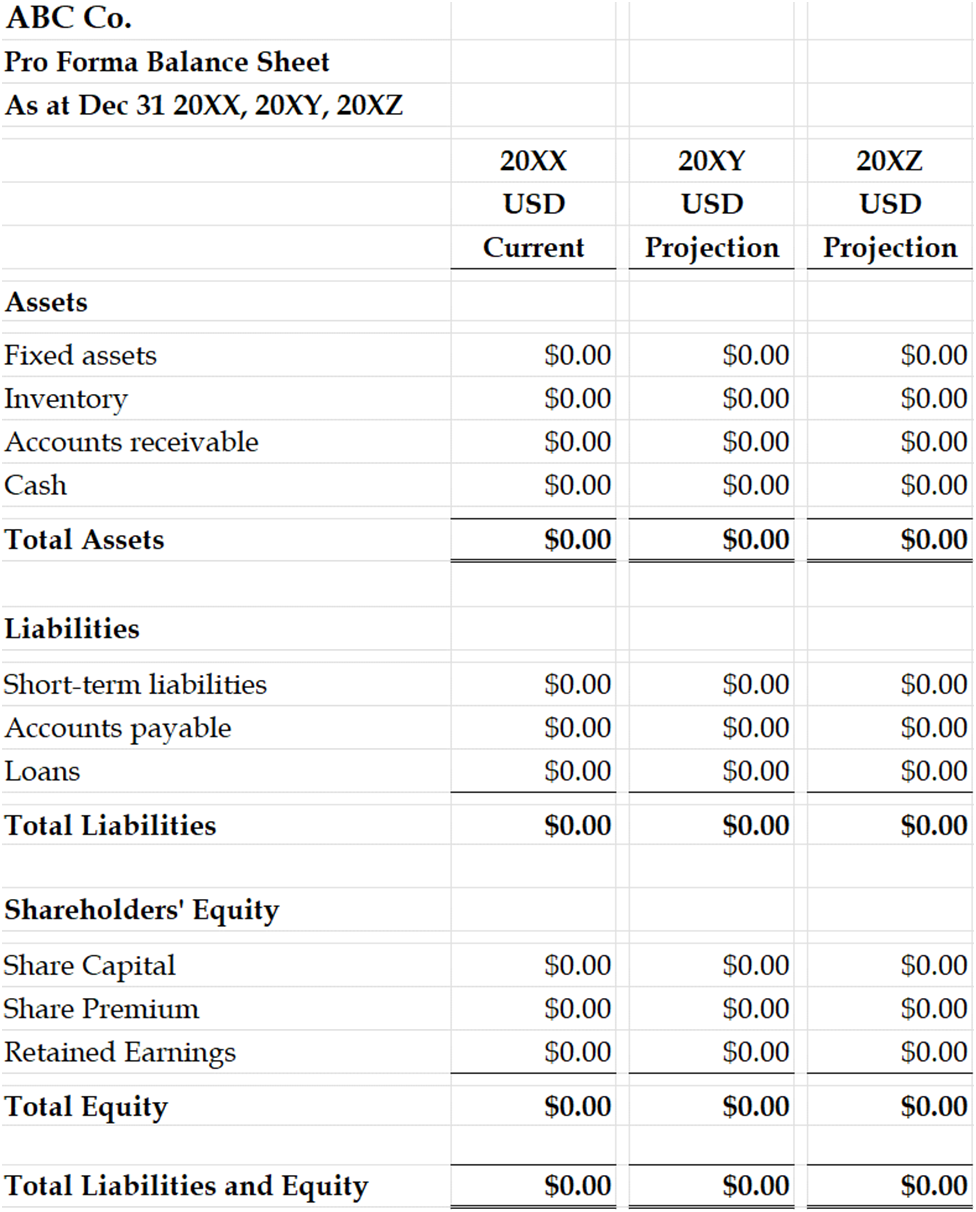The recent collapse of Silicon Valley Bank highlights the significance of effectively managing interest rate risk in financial institutions. As interest rates fluctuate, financial institutions face challenges in maintaining a balanced portfolio and managing potential losses arising from changes in interest rates. Interest rate risk refers to the vulnerability of an institution's earnings and capital due to shifts in interest rates.
Reference [1] developed a simulation approach that allows us to retrospectively analyze the regulatory risk measures, Economic Value of Equity (EVE), and Net Interest Income (NII), in the context of interest rate risk following a hypothetical bank's default in a stressed interest-rate environment. The simulation framework begins by generating a wide range of interest rate stress scenarios utilizing the Hull-White one-factor model. These stress scenarios are then propagated through macroeconomic models to determine their final impact on the balance sheets of the generic banks under study. Using the simulation results, the authors analyzed the effectiveness of the risk measures in differentiating between default and non-default scenarios. They pointed out,
In general, our regression results show that rising interest rates might indeed be more harmful to banks with high exposure to IRRBB. We show that both risk measures significantly indicate our bank’s default and, therefore, inherent risk. The EVE-related risk measure is a robust indicator of a default of a bank four lags in advance, and a higher loss in a bank’s EVE indicated by the risk measure increases the odds of a bank’s default. The ROC analysis reveals a critical threshold and offers a sufficient distinction between default and non-default scenarios.
The results for the NII-related risk measure are against the economic intuition of a risk measure, as a greater loss of NII usually decreases the odds of a bank’s default. The results of the robustness section suggest that the information value of NII risk measures may depend on the underlying interest rate levels. Consequently, our results do not support using the NII measure to assess a bank’s IRRBB and, particularly, a quantitative threshold for the NII.
In short, the findings demonstrated that both the Economic Value of Equity (EVE) and Net Interest Income (NII) measures effectively indicate the presence of inherent interest rate risk. The EVE measure proves to be a robust and conclusive indicator of risk, aligning with economic intuition and providing reliable insights. However, the results regarding the NII measure are contrary to economic expectations, less robust, and appear to be influenced by the prevailing level of interest rates.
We find the results plausible. However, we note that the framework was developed in a low-interest environment. It would be interesting to examine how the model would perform in the current market environment.
Let us know what you think in the comments below or in the discussion forum.
References
[1] Catharina Claußena, Daniel Plattea, Evaluating the Validity of Regulatory Interest Rate Risk Measures – A Simulation Approach, Journal of Banking and Finance (2023)
Post Source Here: Effectiveness of Regulatory Interest Rate Risk Measures
source https://harbourfronts.com/effectiveness-regulatory-interest-rate-risk-measures/

 Pro forma balance sheet example, template in Excel[/caption]
Pro forma balance sheet example, template in Excel[/caption]